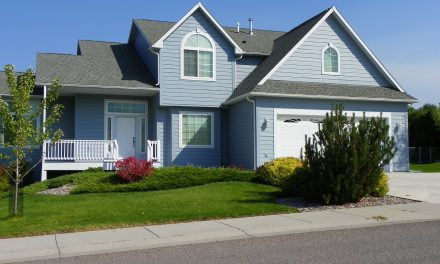Unwilling to buy — or unable?
Once a homeowner, always a homeowner — right?
Most homeowners who sell will use the sale proceeds to purchase a replacement home. Still, in a typical year, roughly 15% of sellers choose to rent instead of buy.
In 2021, the share of sellers-to-renters increased, with 19% of home sellers choosing to rent instead of buy, according to the New York Times.
Anecdotally, sellers who are choosing to rent in 2021-2022 are doing so because they wish to “time the market,” hoping to sell when prices are at their height, rent for a year or two while prices decline, and then buy when prices have hit bottom.
As California home prices have never been higher than they are in 2022, timing the market is certainly on the mind of today’s sellers. But underneath, there are more urgent reasons why a seller may choose to rent.
With home prices at historic heights and mortgage interest rates on the rise, many of today’s sellers are simply unable to buy a suitable replacement property. Left with no other choice, they become renters-by-necessity.
In other words, four-out-of-five sellers are unwilling or unable to buy.
Real estate professionals and anyone with an interest in real estate ought to be hearing alarm bells right about now — and they’re growing louder.
Timing the market in 2022
While a growing number of sellers find themselves unable to buy in today’s competitive housing market and tight mortgage market, they may soon be considering themselves lucky after all.
That’s because the housing market is already in a downturn in 2022. Home prices have yet to fall, but the dominoes are already toppling.
Most noticeably, mortgage interest rates have increased rapidly in 2022. For example, the average 30-year fixed rate mortgage (FRM) rate jumped from near 3.0% at the beginning of 2022 to well over 5.0% as of August 2022. This has resulted in a devastating loss to buyer purchasing power, with 26.6% less mortgage money available to homebuyers in Q2 2022 than a year earlier.
Related article:
Press Release: Buyer Purchasing Power Index (BPPI) falls to new low in Q2 2022
One of the results has been a dramatic slowdown in home sales volume. Having peaked in March 2022, sales have only declined each month, defying normal seasonal patterns of buying and selling.
The broader economy is also heading in a concerning direction. Following two consecutive quarters of negative gross domestic product (GDP), the economy is in an undeclared recession. More accurately, the 2022 recession is an encore of the recession which first began in 2020 (cut short by huge amounts of government stimulus and Pandemic Economics).
The next factor to fall will be home prices, and once they start rolling, they won’t stop until buyers have fully sensed a bottom to have arrived.
On a monthly basis, California home prices barely increased in May 2022. This leveling off follows months of significant increases, signaling reduced purchasing power and slowing sales volume are quickly catching up to prices.
Expect prices to find a bottom around 2025, at which point the economy will be in its first stages of recovery from today’s recession.
Real estate professionals who are still practicing in 2025 will watch for a return of real estate speculators to provide a “dead cat bounce” during the coming sales slump. Then, the next sustainable recovery taking off with the return of end user homebuyers once they sense prices are rising from their bottom, likely around 2026-2027.
Hoping to survive the real estate downturn? Get ready to turn your attention from sellers to buyers. For the past decade, listings have been the golden ticket to making a living, since they are essentially guaranteed income. But as listings sit for longer and become less of a sure thing and more of a job hazard, willing and able buyers will become the more desirable client types.
Want to stay up to date on the quickly shifting housing market? Stay in the know with RPI’s Monthly Statistical Video Updates!

















